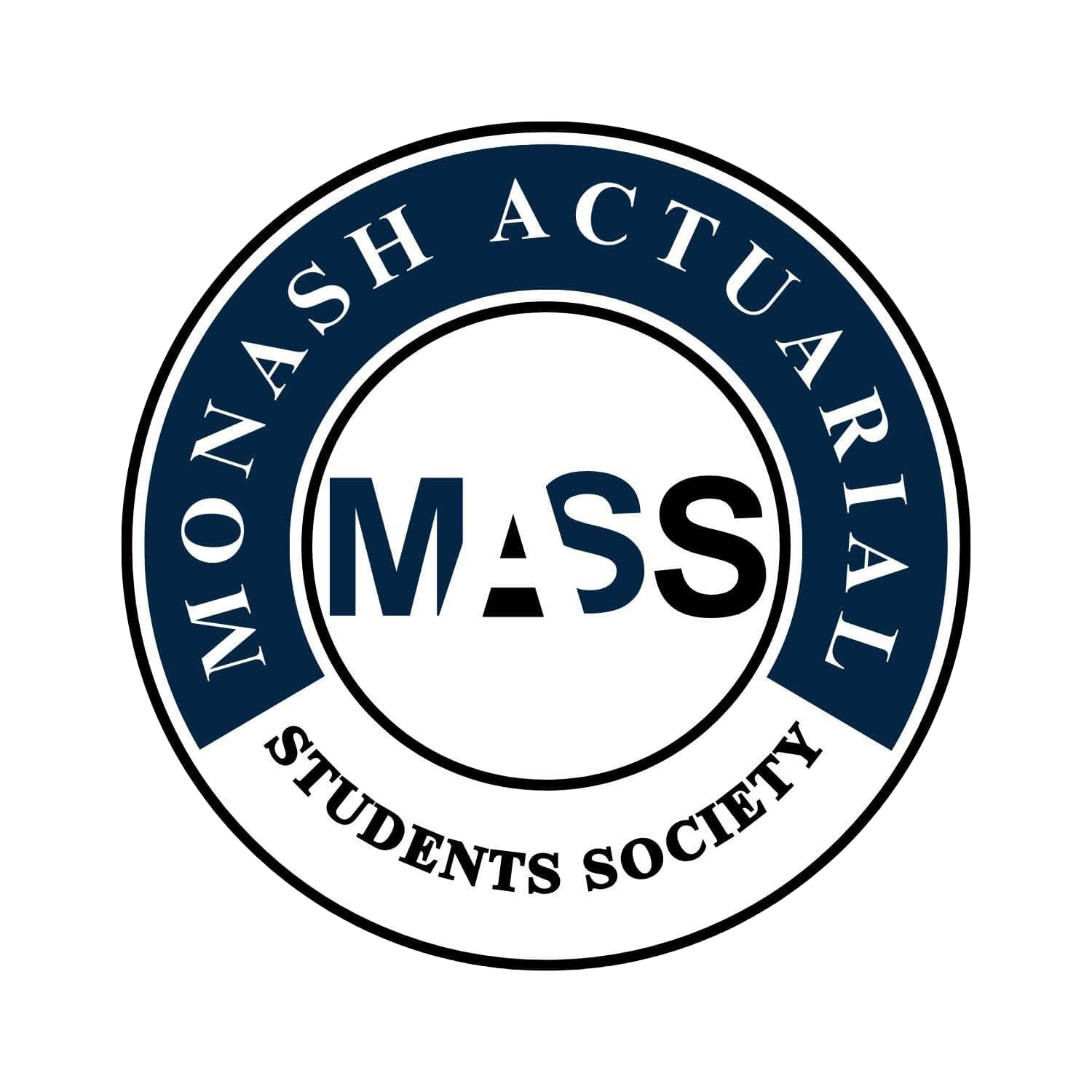ETC3430 / ETC5343 Financial Mathematics Under Uncertainty (2025)
Difficulty:
Year Completed: Semester 1, 2025
Prerequisite: ETC2430
Exemption (2023 onwards):
CS2 Risk Modelling and Survival Analysis
ETC3420 (20%), ETC3430 (60%), ETC3550 (20%)
Weighted average of 70% required. Minimum of 60% required for each unit.
Mean Setu Score: 71.2%
Clarity of Learning Outcomes: 71.8%
Clarity of Assessments: 65.8%
Feedback: 63.6%
Resources: 74.2%
Engagement: 81.2%
Satisfaction: 70.6%
Subject Content:
Lecture(s) and Tutorial(s):
Lecture Recording:
Textbook(s):
Assessments:
Week 1: Survival Models
Week 2: MEL & Graduation 1
Week 3: Graduation 2
Week 4: Stochastic Process
Week 5: Markov Chain 1
Week 6: Markov Chain 2
Week 7: Survival Models
Week 8: Continuous Time Markov Process
Week 9: MLE for Markov Jump Processes
Week 10: Mortality Projection
Week 11: Machine Learning
Week 12: ML2 and Revision
1 x 2 hour lecture
1 x 1 hour tutorial
Full lecture recordings were available from each week’s content.
There were also recordings of the tutorials made available at the
end of each week.
N/A. Extra reading was provided however.
Tutorial Presentation: 5% ( presented as a group covering last week's material and also lecture questions)
Moodle Quizzes: 15% (top 10 out of 11). AI is allowed for this task
Individual Assignment: 20% (5% for pre-submission, 15% final submission)
Final Exam: 60%
Comments
The unit was challenging, especially at the beginning, due to its strong focus on theoretical and conceptual material. This made it difficult to see how the rest of the unit would unfold. It also built on concepts from earlier units, which added to the difficulty. The first few weeks laid the foundation for the rest of the unit, and as the content developed, it became increasingly complex. This structure could be confusing, as the relevance of the early material wasn’t immediately clear. However, the second half of the unit shifted towards more practical and real-world applications, making it feel more approachable. The introduction of Survival Models in the final weeks helped clarify earlier concepts and made them easier to grasp. Doing tutorial and practice exam questions made the topics significantly more understandable.
Lectures are very theoretical and were a good way to ask questions about new complex topics. They were engaging and was where you would do the group presentations.
It was unnecessary to attend the tutorials as you would just go over the tutorial question solutions. If you needed extra help to understand the content, it was a great opportunity due to the small class sizes. The tutorials mainly were going through tutorial questions using R or maths so that questions could be answered analytically.
The report was not too hard (most people were able to achieve 14-15/15). The draft just needed to be a genuine attempt and the quizzes consolidated knowledge that was taught during lectures. Overall, they were quite forgiving, though the exam was quite difficult.
The exam was closed book with a cheat sheet and calculator. It is recommended that students do practice exam questions, and learn the main models extremely well as details were queried as a part of the multi-part questions. It also included content that was not covered in depth in the lectures. The exam was more mathematical compared to practice exams given previously.
Success in this unit requires consistent effort, especially during the early stages and in the lead-up to the exam. The mathematical concepts can be hard to understand, but once you learn the content it is highly rewarding, especially when their real-world applications become clear. It is advisable for students to focus on building a strong understanding of the content early on. Revising ETC2560 and ETC2440 is recommended. For assessments, ensure not to leave blanks as markers tend to reward well for genuine answers and working out.
General Overview:
Lectures:
Tutorials:
Assessments/Other Assessments
Exams
Concluding Remarks

